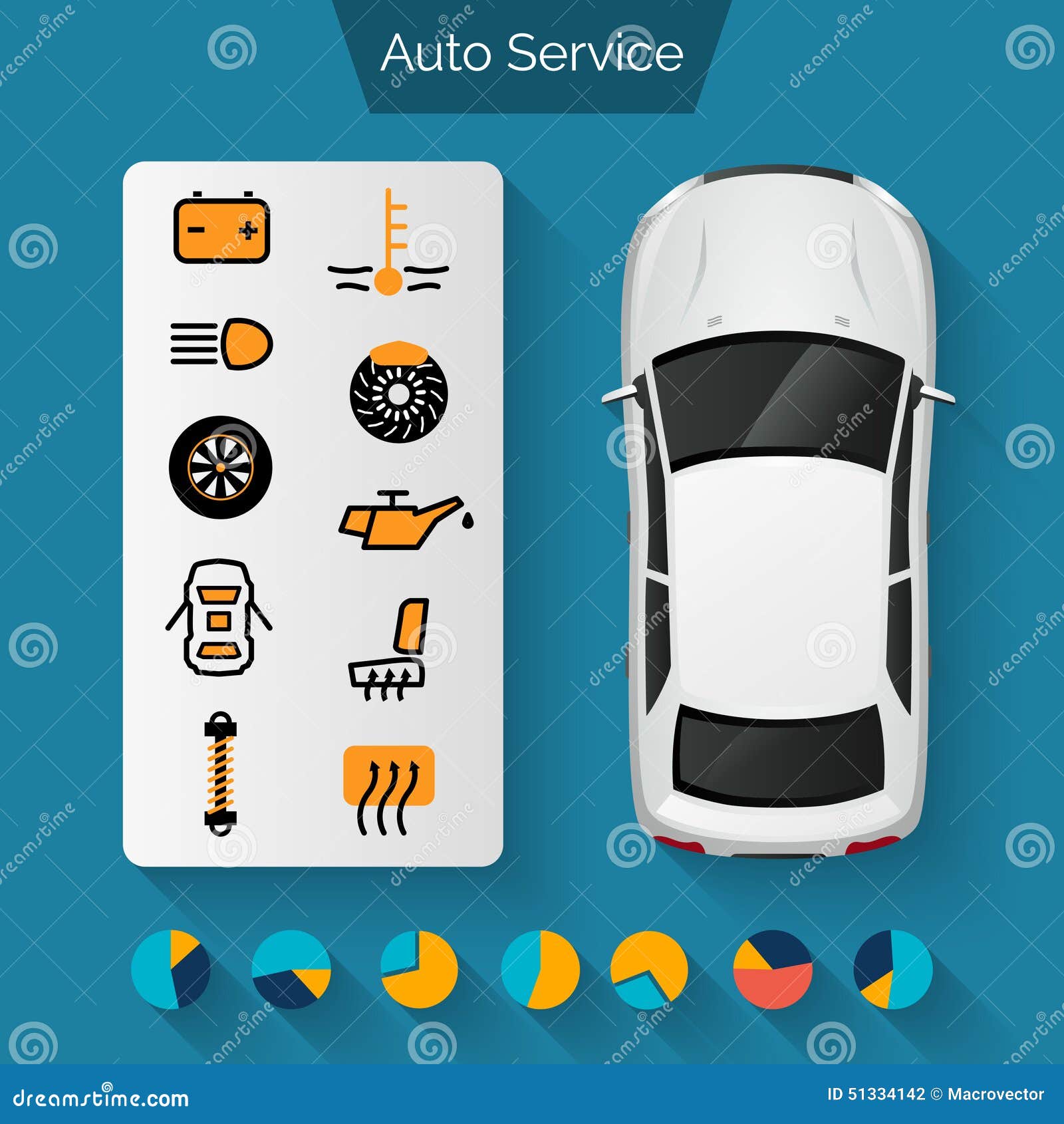Decoding Your Vehicle'S Caution Indicators: What They Really Represent
Decoding Your Vehicle'S Caution Indicators: What They Really Represent
Blog Article
Material Composed By-Hartley Corbett
When you're behind the wheel, those radiant warning lights on your dashboard can be a bit perplexing. Do you know what they're trying to inform you regarding your automobile's wellness? Recognizing https://brake-rotor-replacement-c40617.blog5star.com/30338080/annual-auto-explaining-guide-preparing-your-automobile-for-seasonal-changes of these lights is crucial for your security and the long life of your car. So, the next time one of those lights appears, would not you wish to decipher its message properly and take the needed steps to address it?
Common Warning Lights and Interpretations
Identify usual caution lights in your cars and truck and understand their significances to make sure secure driving.
The most common caution lights consist of the check engine light, which signals problems with the engine or emissions system. If this light begins, it's vital to have your lorry examined quickly.
The oil stress warning light shows low oil stress, needing immediate focus to prevent engine damage.
A flashing battery light might suggest a damaged charging system, potentially leaving you stranded otherwise addressed.
The tire pressure surveillance system (TPMS) light informs you to reduced tire stress, affecting lorry stability and fuel efficiency. Ignoring this can lead to risky driving problems.
The abdominal muscle light indicates a trouble with the anti-lock stopping system, endangering your ability to quit swiftly in emergencies.
Finally, the coolant temperature advising light warns of engine getting too hot, which can result in serious damages if not settled quickly.
Comprehending these usual caution lights will aid you resolve concerns without delay and preserve secure driving problems.
Relevance of Prompt Interest
Understanding the typical warning lights in your car is just the very first step; the value of immediately dealing with these warnings can't be emphasized enough to guarantee your safety on the road.
When a caution light brightens on your dashboard, it's your vehicle's method of connecting a potential problem that needs attention. Neglecting these cautions can result in extra extreme problems in the future, jeopardizing your security and potentially costing you extra out of commission.
https://www.pymnts.com/earnings/2022/b2b-customers-seek-digital-tools-when-buying-auto-parts/ to advising lights can prevent break downs and mishaps. As an example, a blinking check engine light could indicate a misfire that, if left neglected, might create damage to the catalytic converter. Addressing this immediately can save you from an expensive fixing.
In a similar way, a brake system cautioning light could signify reduced brake liquid or worn brake pads, essential components for your security when driving.
Do It Yourself Troubleshooting Tips
If you notice a warning light on your control panel, there are a couple of DIY fixing ideas you can attempt prior to looking for expert help.
The first step is to consult your auto's guidebook to comprehend what the particular warning light indicates. Occasionally the issue can be as simple as a loosened gas cap setting off the check engine light. Tightening up the gas cap may settle the issue.
An additional usual issue is a low battery, which can cause different cautioning lights. Examining the battery links for rust and ensuring they're protected might fix the problem.
If a warning light persists, you can attempt resetting it by detaching the auto's battery for a few mins and after that reconnecting it. Additionally, checking your car's liquid degrees, such as oil, coolant, and brake liquid, can assist repair cautioning lights associated with these systems.
Conclusion
In conclusion, recognizing your auto's caution lights is vital for keeping your lorry running efficiently and safely. By promptly addressing these alerts and recognizing what they suggest, you can prevent expensive fixings and potential malfunctions.
Bear in mind to consult your vehicle's guidebook for particular information on each alerting light and take action appropriately to make certain a trouble-free driving experience.
Remain notified, stay risk-free when traveling!
